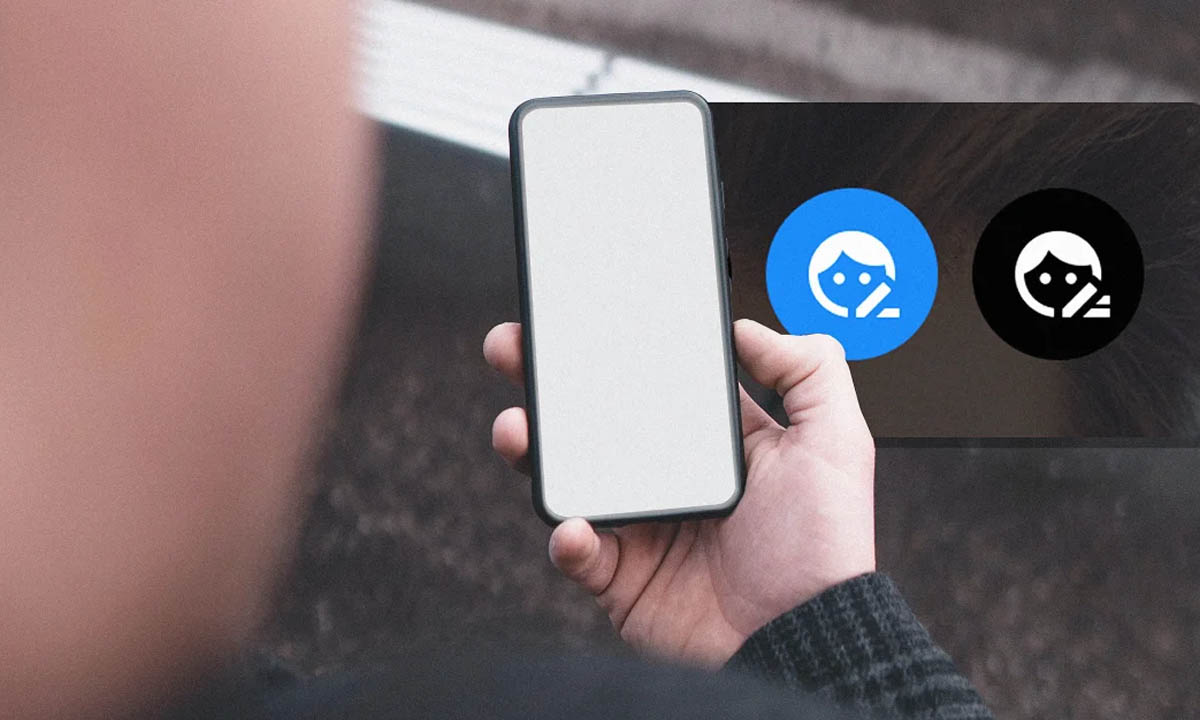What is beauty, anyway? Google hopes its new approach to selfies doesn’t lean so hard into stereotypes.
Smooth skin. Large eyes. A tapered jawline. These are the stereotypes of beauty that everything from the stock camera app found on Android phones to Instagram and Snapchat will add to your face digitally. Some will even do so without asking your permission at all, without disclosing that this person isn’t really you.
But studies and experts agree that beauty standards can be bad for our self-esteem. Which is why Google’s Digital Wellbeing lab, the lab that’s trying to make phones less toxic machines than they are today (with varying success), has launched a new set of best practices to the very interface of selfies. Its updates were snuck onto the Pixel 4a some time back, and will make their way to the new Pixel phones that are being released later this month.
Employees at Google first started thinking about the problem with selfies after a 2019 report from plastic surgeons. In it, 72% of cosmetic surgeons said that a popular reason patients want surgery is to look better in a selfie. The Wellbeing Lab joined up with the Pixel team to run an ethnographic study across four countries, examining the relationship people in the United States, Germany, India, and South Korea had with their selfies.
In Korea, the cultural rules of engagement are a bit different from they are elsewhere in the world. There, people actually expect a baseline of algorithmic touch ups to their photos when you use a word like “natural” to describe a photography effect. (Note that, in Korea, people actually are required to include a photo on resumés. So, as a researcher from Pinterest explained to me years ago, to be conventionally good-looking is to be professional.) But elsewhere, people—and parents of teens especially—were concerned about the effects of these filters. This same study found that two-thirds of teens have reported being bullied for how they look in their selfies. That led Google to invest in new best practices for itself and any app developers and phone manufacturers that might want to hop on board to encourage body positivity.
The first guideline is that face-retouching should always be off by default. That has always has been the case on Google’s Pixel phones. But the company explains that several of its manufacturing partners, which use Android on their smartphones, have customized the picture app to change this rule.
The second part of the guidelines is about language and related iconography. The Well-Being team wanted to scrub all value judgements of these tools from its app, so that if you choose to smooth your skin, that decision is not labeled as something like “beautification” or “correction.” Terms Google found in its research of existing photo apps include “jawline correction,” “slimming,” “eye bag removing,” and “eye enlarging.”
Google settled on “face retouching” as a default term in its own UI. Instead of calling a filter “natural”—which might imply there is either no change or you’re supposed to just look this way all the time—they replaced it with “subtle.”
Meanwhile, Google remade its retouching icons. As a representative explained to me, filter icons often feature magical sparkles (that was true of Google’s own UI). It’s as if you’re Cinderella, and your phone is turning you into a princess for the ball. In Google’s update, they use a similar icon, but swap the sparkles out for a tiny, infographic-esque meter. The subtle retouching looks like a line. The more aggressive retouching stacks up two lines to become a small ramp.
The language and iconography makes for a small visual change, but comparing side-by-side, it’s clear as day that the old way was luring you toward some tacit promise of a better self, while the new way just looks like another photo editing tool. Google says that it tested and validated the changes with users, asking how they felt about them, before pushing them live.
Google hopes that it serves as an example to other companies. So far, Snap has come forward to show support for these best practices, noting that it never automatically adds a filter when you open the app and avoids beautification terminology, too. Of course, both companies could go a step further. They could remove touch up techniques from their apps altogether. Google argues that it’s not its role to limit the phone’s functionality, or prescribe how you use the device or express yourself—only to ensure that it isn’t actively feeding any problems with its decisions of language and UI.
Yet as Google itself notes, 70% of all photos taken on its phones are from the front-facing camera. People are editing their own face with unprecedented frequency, casualness, and convincingness. Like many of Google’s promising Well-Being initiatives, the real good the company can do may be limited by their willingness to say no to their own users—and their software and hardware partners, too.
–
Guest Author: Mark Wilson is a senior writer at Fast Company who has written about design, technology, and culture for almost 15 years. His work has appeared at Gizmodo, Kotaku, PopMech, PopSci, Esquire, American Photo and Lucky Peach
This article first appeared in www.fastcompany.com
Seeking to build and grow your brand using the force of consumer insight, strategic foresight, creative disruption and technology prowess? Talk to us at +971 50 6254340 or engage@groupisd.com or visit www.groupisd.com/story

